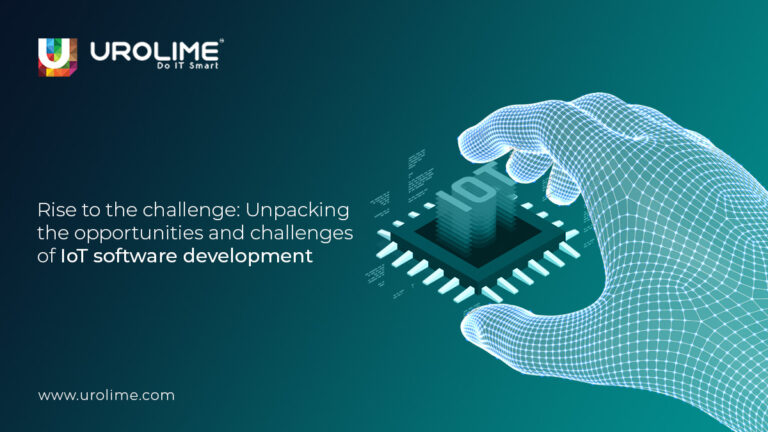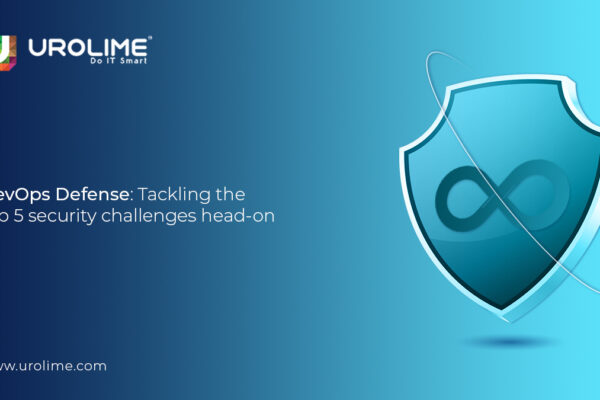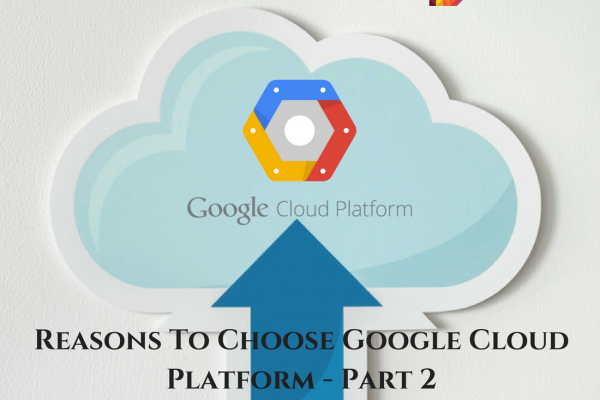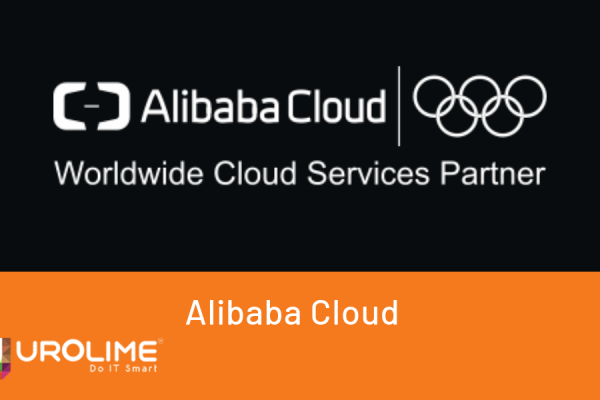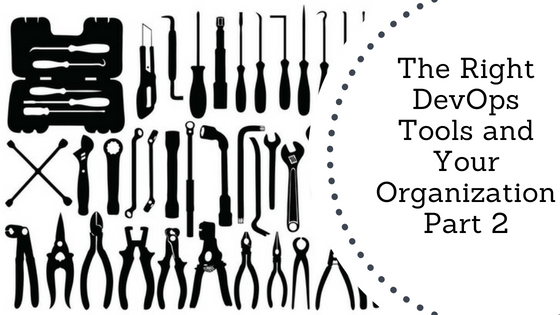Picture this: you’re a business owner struggling to keep up with the ever-changing landscape of your industry. You’re constantly trying to improve efficiency and cut costs, but it seems like there’s always more to be done. IoT might be one technology you may have least considered but one that can offer the most value to you.
With the ability to connect physical devices and collect data, IoT can help you gain insights into your business like never had before. Imagine being able to monitor your supply chain in real-time, track the performance of your assets, and automate routine tasks with ease? Revolutionary, isn’t it? After reading through the benefits and challenges of IoT, everything about the way you do business will change. Learn to create a business that wins by leveraging the information from this blog post.
Firstly…
What’s IoT?
IoT, or Internet of Things, is the network of physical devices, sensors, and other objects that communicate and exchange data over the internet. It’s a rapidly growing industry and has been around for a long time. Also, it is expected to reach 27 billion connected devices by 2025, according to IOT Analytics!
IoT has a lot of potential benefits for various industries and sectors, such as healthcare, manufacturing, agriculture, transportation, smart cities, and more. It can enable new business models, improve efficiency and productivity, enhance customer experience, reduce costs and waste, and create incredible new sources of value.
But needless to say, the challenges are noteworthy too. For software developers who need to design, develop, test, deploy, and maintain IoT applications and systems, those are especially important to note.
Let’s get into them one by one.
Opportunities of IoT Software Development
- Solutions to real-world problems: One of the main opportunities of IoT software development lies in its ability to create innovative solutions that can help solve real-world problems. IoT software developers can leverage artificial intelligence (AI), machine learning (ML), and deep learning (DL) to create smart applications that dig data, make predictions from it, and provide insights. For instance, IoT software developers can use AI and ML to create applications that can monitor health conditions, detect anomalies, prevent accidents (self-driving cars are already a thing), automate tasks, and more.
- Collection and management of large data sets: Another opportunity from IoT in software development lies in its ability to provide access to massive amounts of data for business intelligence and analytics. IoT devices can generate and collect huge chunks of data about customer behaviors like how they use products and services and more. Companies can analyze and process this data using big data technologies and cloud computing platforms to provide valuable information for decision making, optimization, personalization, and innovation. For example, IoT software developers can use big data and cloud computing to create applications that can provide real-time feedback, recommendations, alerts, reports, dashboards, and much much more.
- Collaborate with a variety of stakeholders: Another opportunity of IoT software development is collaboration. IoT creates the possibility to collaborate with other developers and stakeholders across different domains and disciplines. It requires a multidisciplinary approach that involves not only software engineering skills but also hardware engineering skills, domain knowledge skills, user experience skills, security skills, and more. So, IoT software developers get to work with other experts from different fields to create integrated solutions that meet the needs and expectations of various users and customers. Take, for instance, this: IoT software developers work with hardware engineers to design devices that are compatible with software requirements; with domain experts to understand the specific problems and solutions of each industry; with UI/UX designers to create intuitive interfaces; with security specialists to ensure data protection; and more.
Challenges of IoT Software Development
- Security of devices: One of the biggest challenges of IoT software development is ensuring the security of IoT devices and the data that they exchange. As more and more devices become connected, the risk of cyber-attacks and data breaches increases. Since IoT devices are often vulnerable to hacking, malware infection, denial-of-service attacks, data theft or manipulation, and more, its security needs a lot more focus. Moreover, they often collect sensitive or personal data that need to be protected from unauthorized access or misuse. To solve this, IoT software developers need to implement robust security measures at every stage of the software development lifecycle (SDLC), such as encryption, authentication, authorization, firewalls, and intrusion detection systems.
- Reliability of systems: Another big challenge of IoT software development is ensuring the quality and reliability of IoT applications and systems. IoT applications often have to deal with complex scenarios involving heterogeneous devices, networks, protocols, standards, and platforms. They must also cope with dynamic environments that may change frequently or unpredictably. What’s more, IoT applications often have high performance, scalability, availability, and usability requirements. So, IoT software developers need to apply rigorous testing methods and tools at every stage of the SDLC, such as unit testing, integration testing, system testing, acceptance testing, load testing, stress testing, usability testing, and more with IoT.
- Complexity and diversity of projects: Another notable challenge of IoT software development is managing the complexity and diversity of IoT projects. IoT projects often involve multiple stakeholders with different goals, expectations, and preferences. They also involve multiple components with different functionalities, interactions, and dependencies and often have tight deadlines, budgets, and resources. So, IoT software developers need to adopt agile methodologies and protocols, standards, architectures, and integrations to deal with multiple hardware specifications, software frameworks, communication protocols, data formats, interoperability issues, scalability issues, performance issues, and testing issues. IoT software development also requires adopting agile methodologies, modular architectures, reusable components, standardized interfaces, and automated tools to cope with this complexity.
- Skills: It requires a multidisciplinary team of software developers with expertise in different domains such as embedded systems, web development, cloud computing, data science, artificial intelligence, user interface design, etc. to carry out IoT operations. IoT software development is complex and requires fostering a collaborative culture among developers who have different backgrounds, perspectives, and preferences. It also requires continuous learning and updating of skills to keep up with the fast-changing technology landscape. Finding people with the necessary skill set is always a challenge in the IoT industry.
Ready to use some help from one of the most established software development companies in the world? We’re just a tap away.
![]()

